Smile Restoration For Broken or Decayed Teeth
Living with broken or decayed teeth can be painful, affect how you eat and speak, and make you feel self-conscious about your smile. Amazing Smiles Restorative Dentistry provides effective treatments to repair damaged teeth and restore both function and appearance.
Our experienced dental team takes the time to understand your needs and create a personalised treatment plan that may include dental crowns, fillings, veneers, or other advanced restorative solutions. We focus on delivering results that look natural, feel comfortable, and last for years, while supporting oral health.
We know how important a confident smile is to your well-being. That’s why we provide complimentary consultations for selected tooth restoration services, allowing you to explore your options without any pressure.
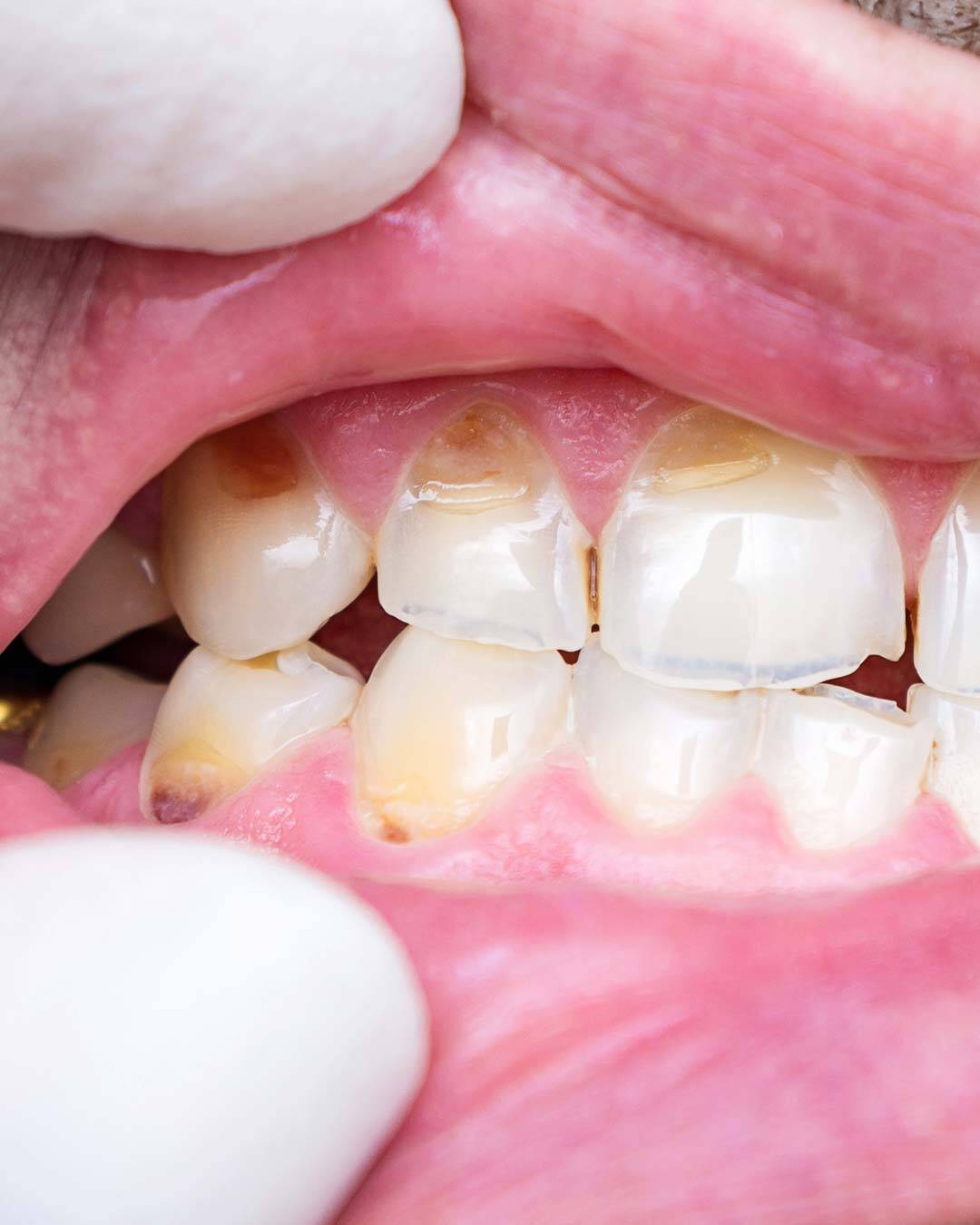
Restore Your Teeth!Smile!Health!Well-Being!Pride!Confidence!
Dental Treatments for Repairing Teeth
Dental Procedures to Fix Cracked Or Decayed Teeth
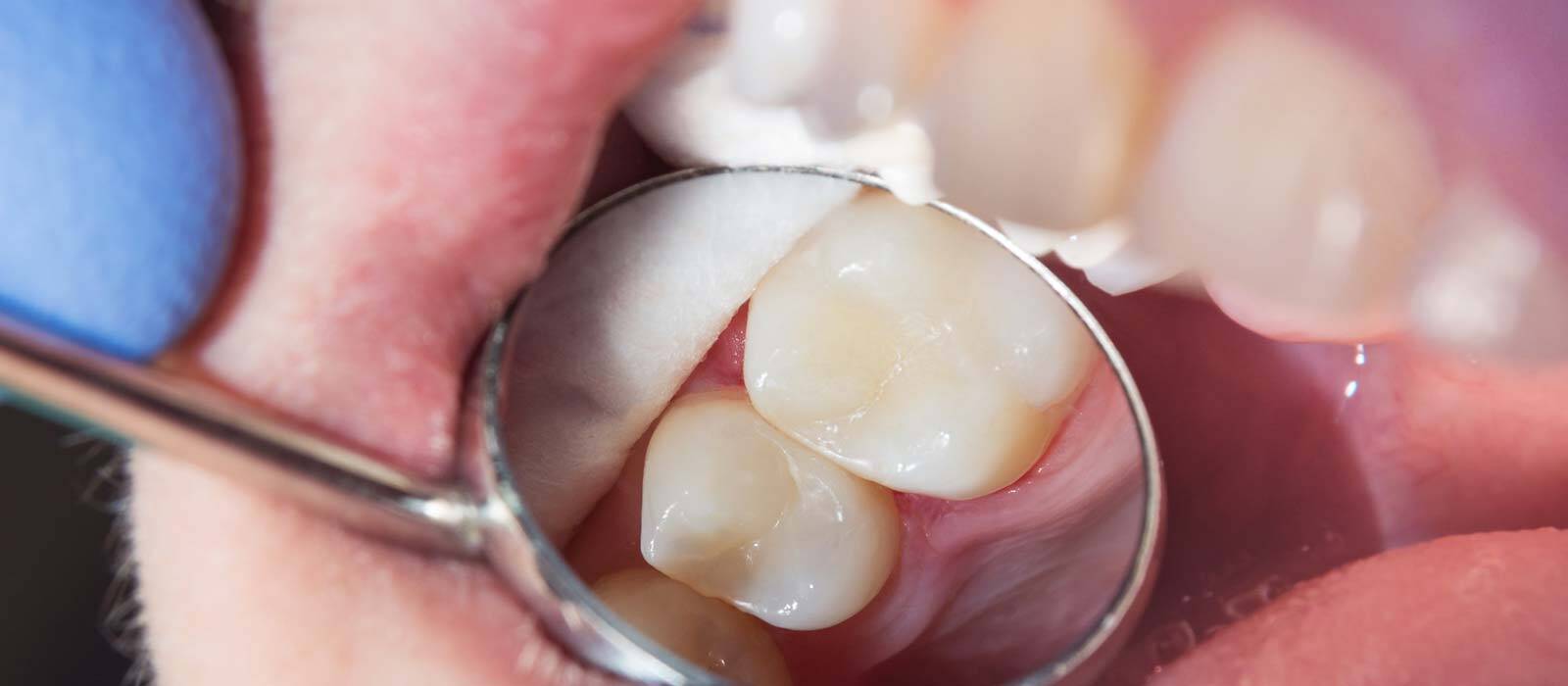
Tooth-coloured dental fillings are a popular choice for restoring teeth affected by small cavities, minor chips, or early stages of decay. Made from high-quality composite resin, these fillings match the natural shade of your teeth, blending seamlessly with your smile for an aesthetically pleasing result.
Comp composite fillings provide an attractive finish and offer durability and strength, helping protect your tooth structure while withstanding everyday chewing forces. The material bonds directly to your tooth, meaning less drilling is needed than traditional metal fillings—preserving more of your natural tooth enamel.
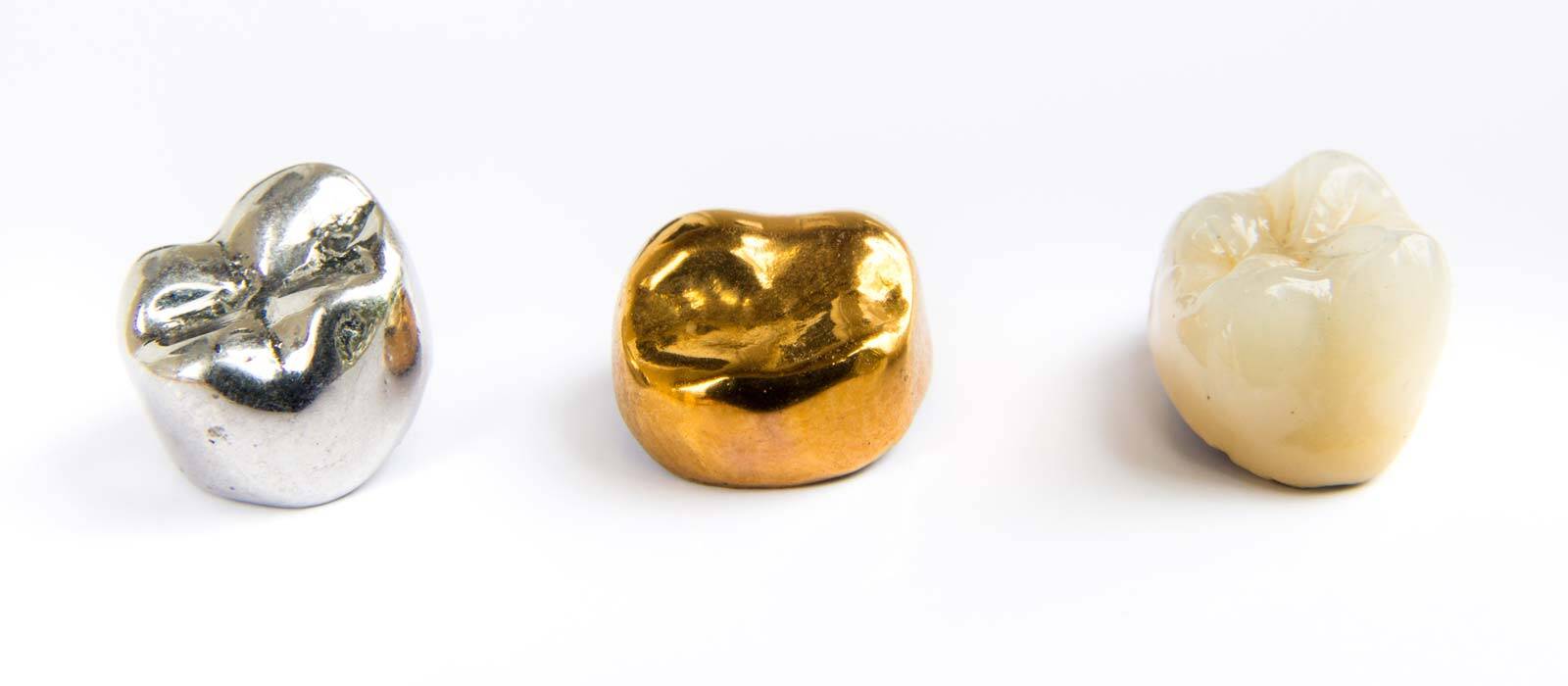
Dental crowns are a highly effective solution for restoring broken, worn-down, or severely decayed teeth. These custom-made caps are designed to completely cover and protect the damaged tooth, restoring its shape, size, strength, and appearance.
Crafted from durable materials such as porcelain, ceramic, or metal alloys, dental crowns provide long-lasting protection while blending seamlessly with your natural teeth for a natural-looking smile. In addition to improving aesthetics, crowns help restore proper chewing function, prevent further damage, and support teeth that have undergone root canal treatment or large fillings.
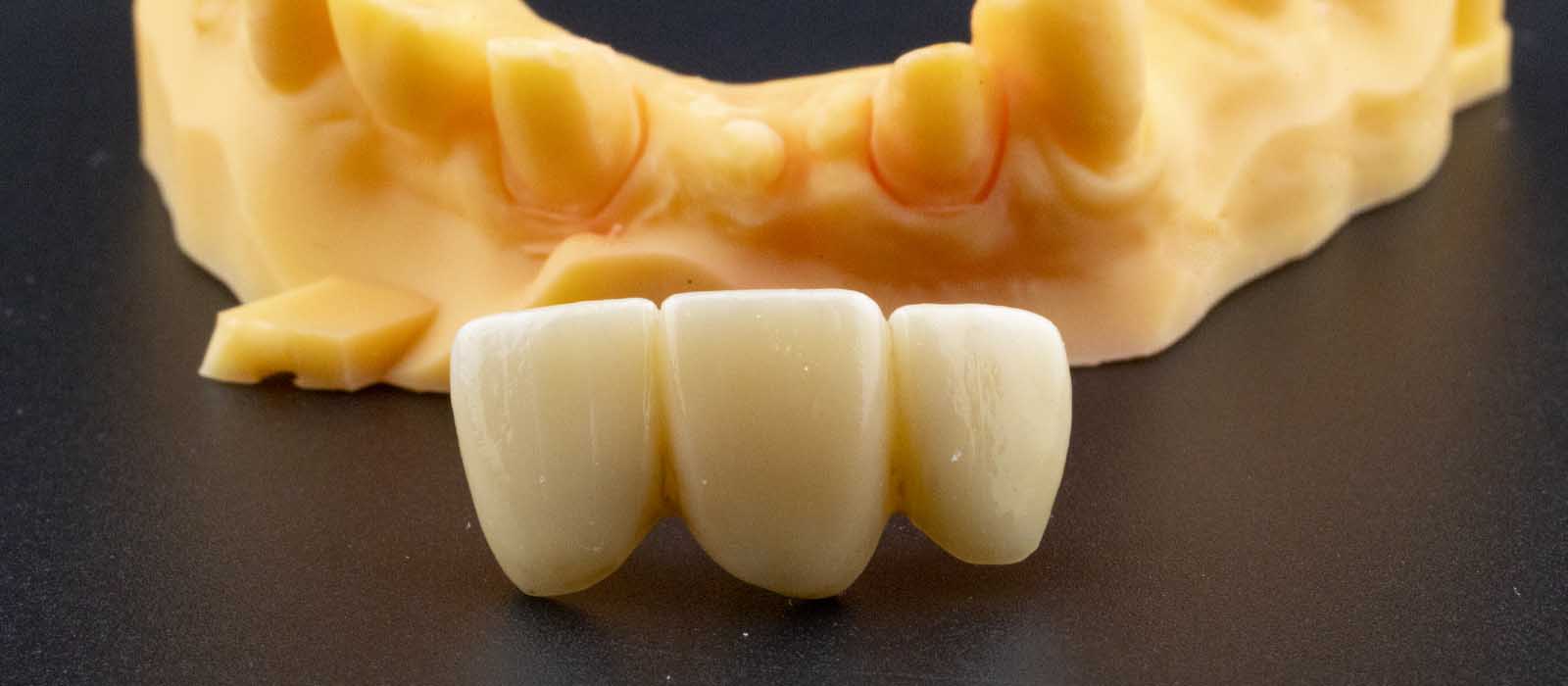
A dental bridge is a fixed, custom-made restoration that replaces one or more missing teeth by anchoring artificial teeth (pontics) to neighbouring natural teeth or dental implants. Designed to blend seamlessly with your natural teeth, a bridge fills the gap left by missing teeth, restoring your ability to chew and speak with ease while helping maintain proper bite alignment.
The benefits of a dental bridge go beyond aesthetics. They help prevent neighbouring teeth from shifting, preserve facial structure by supporting the jaw, and restore confidence in your smile. Bridges are durable and natural-looking and can be a faster, less invasive alternative to dental implants, making them a reliable and long-lasting tooth replacement option.
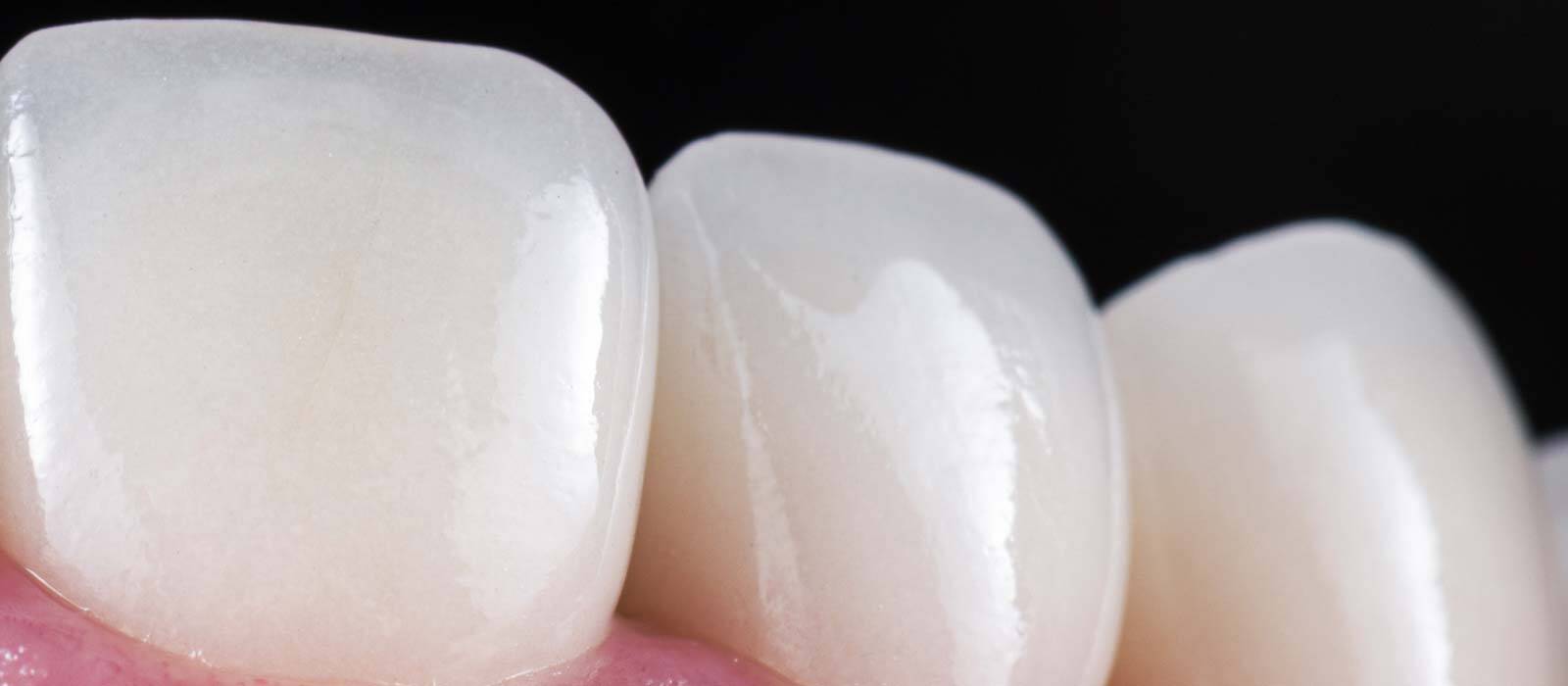
Composite bonding is a versatile cosmetic dental treatment that uses tooth-coloured composite resin to repair and enhance the appearance of teeth. It’s an ideal solution for fixing minor chips, cracks, gaps, discolouration, or uneven tooth shapes—all in a single appointment.
The procedure involves preparing the tooth surface, applying the composite resin, and skillfully moulding and shaping it to match the natural contours of your teeth. Once hardened with a special light, the bonded area is polished for a smooth, natural-looking finish that blends seamlessly with your smile.
Composite bonding is minimally invasive, often requires no anaesthetic, and preserves your natural tooth structure more than other treatments. It’s a cost-effective, quick way to restore confidence in your smile while improving aesthetics and function.

Composite veneers are a cosmetic dental treatment that quickly enhances the appearance of teeth. Made from high-quality, tooth-colored composite resin, these thin layers are bonded to the front of teeth for a natural look.
They effectively address issues like discolouration, chips, cracks, uneven shapes, and minor misalignment.
Composite veneers are cost-effective and minimally invasive compared to porcelain veneers, requiring minimal enamel removal. With proper care, they can deliver beautiful, long-lasting results that boost your confidence and improve your smile.
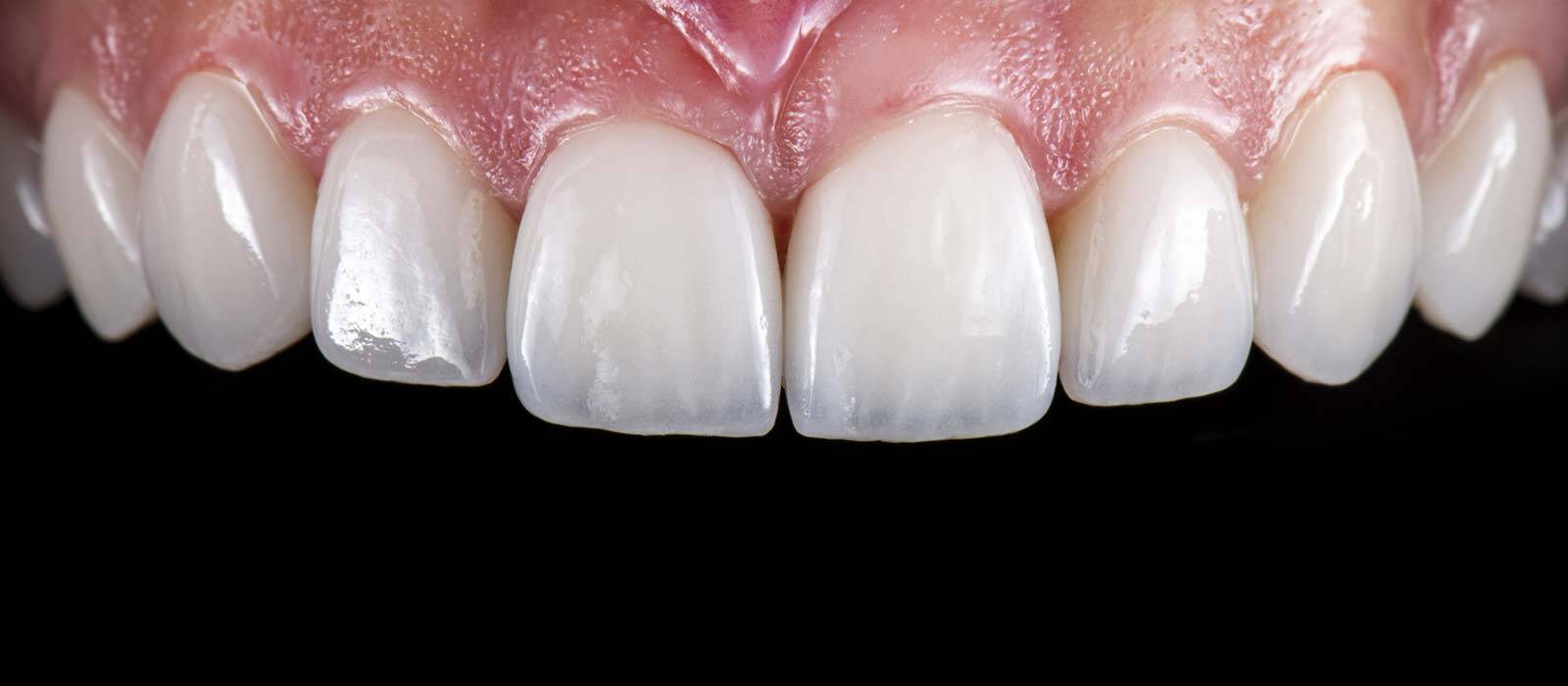
Porcelain veneers are thin shells bonded to the front of your teeth to improve their colour, shape, size, and alignment. They are ideal for fixing chips, stains, gaps, and minor misalignments.
Made from durable, stain-resistant porcelain, veneers offer long-lasting results and a luminous finish that closely mimics natural enamel. Proper care can enhance your smile’s appearance for many years, making it a popular choice for a confident, radiant look.
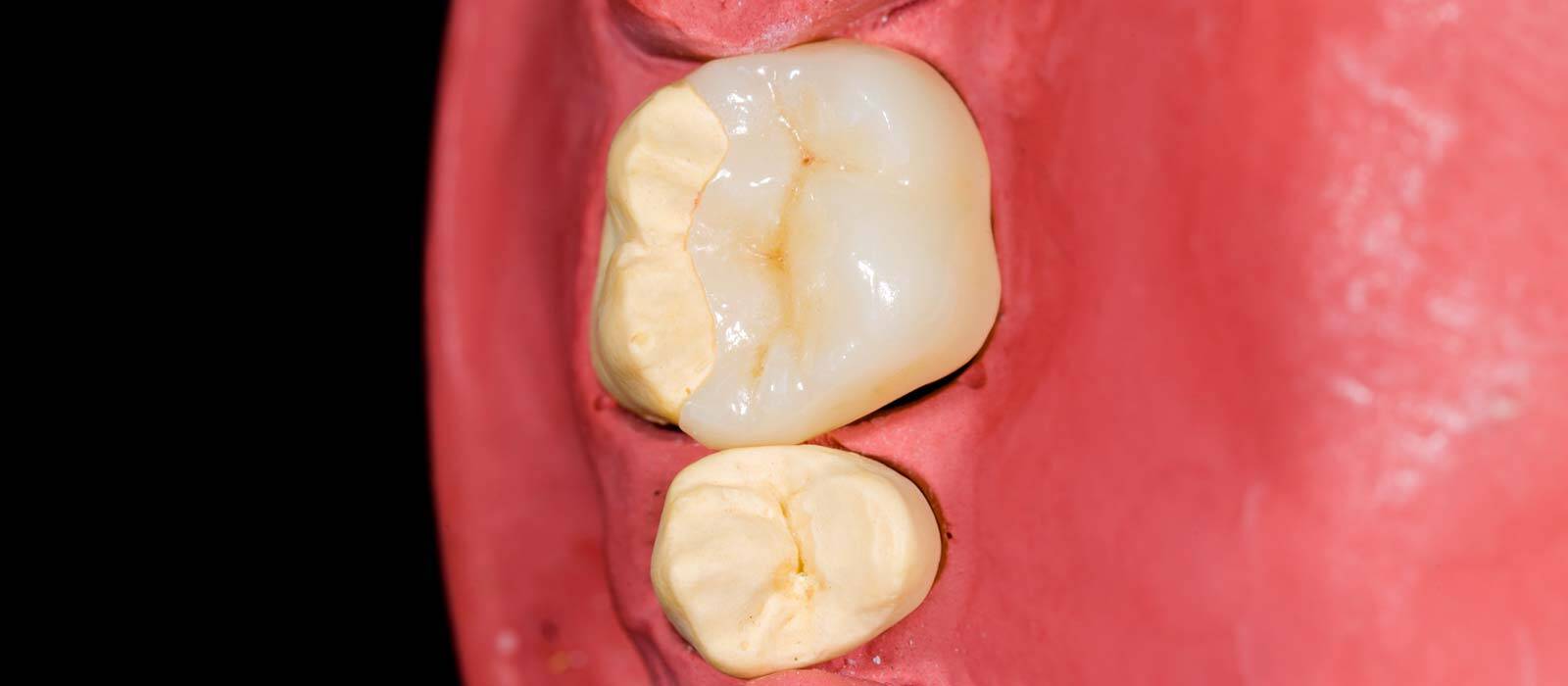
Dental inlays and onlays are custom-made restorations used to repair teeth with moderate decay or damage. They offer a precise fit and a natural look. Inlays restore the chewing surface between the cusps, while onlays extend over one or more cusps for added coverage.
Made from durable materials like porcelain, ceramic, or composite resin, inlays and onlays blend seamlessly with natural teeth while providing strength, protection, and long-lasting results. They preserve healthier tooth structures than crowns, making them a conservative, effective alternative for restoring function, strength, and aesthetics.
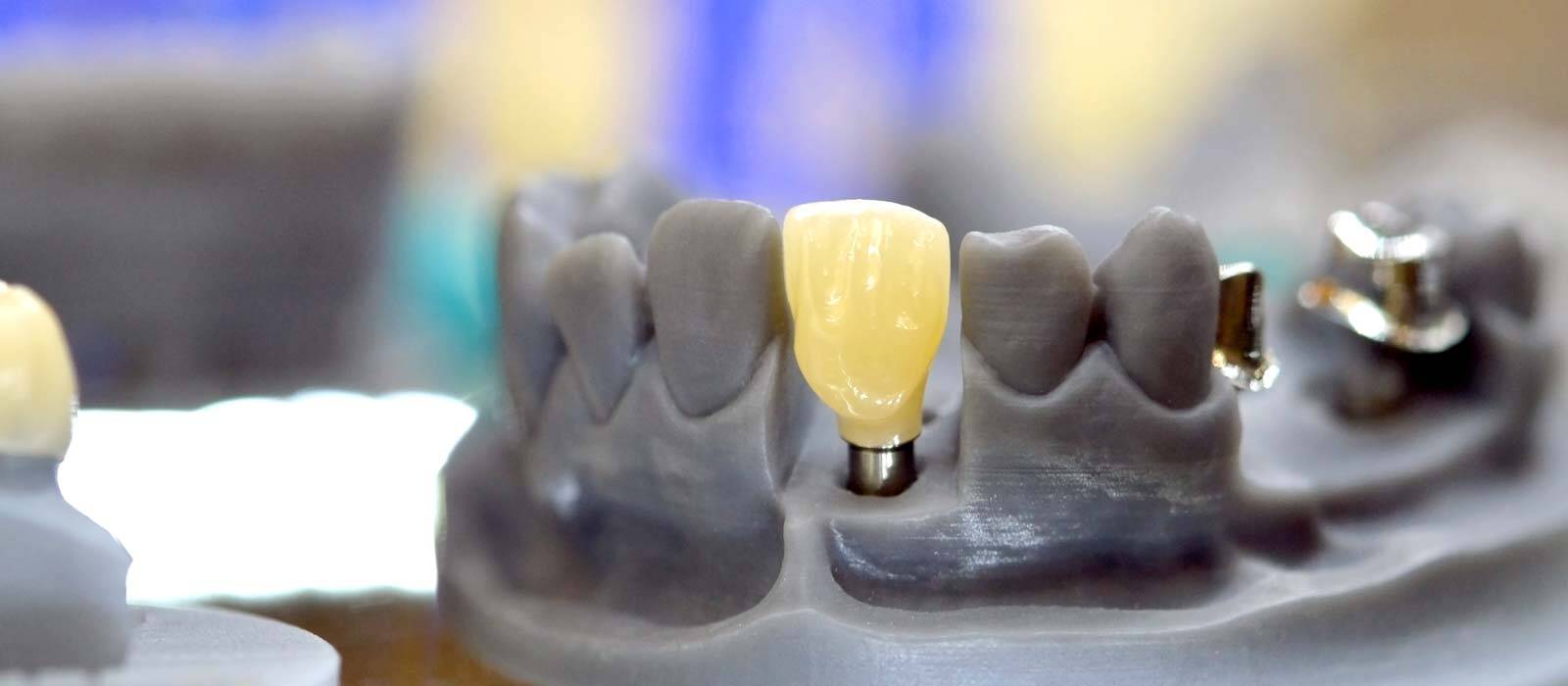
Dental implants are a durable, long-term solution for replacing severely damaged, decayed, or missing teeth. They consist of a small titanium post surgically placed into the jawbone, acting as an artificial tooth root. Over time, the implant fuses with the bone, creating a stable foundation for a custom-made dental crown, bridge, or denture.
Implants restore natural function, improve chewing ability, and prevent jawbone loss caused by missing teeth. They look and feel like real teeth, offering both aesthetic and health benefits.

Missing a Tooth?
Amazing Smiles offers a full range of tooth replacement options to help you regain your confidence, improve oral health, and restore function.
Dental Implants
Implants are surgically placed into the jawbone and replace tooth roots. Once healed, a crown, bridge, or denture is attached for a stable, natural-looking restoration. Implants can also help prevent bone loss, which is often caused by missing teeth.
Dental Bridges
Dental bridges are made to “bridge” the gap of a missing tooth. Prosthetic teeth are attached to surrounding natural teeth or implants. Options include traditional or implant-supported bridges for a secure and seamless result.
Dentures
Available as complete dentures (replacing an entire arch) or partial dentures (replacing several missing teeth), these removable appliances offer a cost-effective solution for restoring your smile.
Let Amazing Smiles help you restore function, improve oral health, and transform your confidence with our exceptional and affordable dental services.


Teeth can break or crack for many reasons, from lifestyle habits to accidental injuries. A common cause is bruxism, grinding or clenching teeth, while sleeping, which puts pressure on teeth, leading to cracks, worn enamel, and even damaged fillings. Accidental trauma, such as sports injuries or falls, can also cause anything from small chips to severe fractures.
Teeth with old or large restorations, like decades-old amalgam fillings or extensive composite work, are more prone to breaking because the surrounding enamel can weaken over time. Cracked tooth syndrome is another culprit, causing sharp pain when biting or releasing pressure due to hidden fractures in the tooth.
Maintaining strong teeth through good oral hygiene, regular dental check-ups, protective mouthguards for sports, and night guards for grinding can significantly reduce the risk of breakage.
Treatment for a cracked tooth depends on the extent of the damage, the amount of remaining tooth structure, and whether the nerve is affected. A dental crown, made from porcelain, zirconia, or gold, can protect and restore the tooth’s strength if the crack is limited to the outer structure.
If the crack extends deeper and causes nerve pain, root canal therapy is required to remove the damaged nerve before sealing the tooth. A combination of composite resin bonding or ceramic veneers can sometimes restore strength and appearance.
If you break a tooth, act quickly to prevent further damage and improve your chances of a successful repair. Rinse your mouth with warm water to keep the area clean, and save any broken pieces in a clean container after rinsing them. If there is bleeding, apply gentle pressure with gauze, and use a cold compress on your cheek to reduce swelling. Over-the-counter pain relief can help with discomfort, but avoid applying medication directly to the tooth or gums. Cover the tooth with sharp edges with dental wax or sugar-free gum to prevent irritation.
Contact your dentist for an urgent appointment, explain your symptoms and how the injury happened. Based on the damage, treatment may include dental bonding, a crown, or root canal therapy, and in severe cases, extraction followed by a replacement option like an implant or bridge. Prompt care is essential to protect your oral health and restore your teeth.
Yes, while both treatments use tooth-coloured composite resin to improve the appearance of teeth, they differ in scope and purpose. Composite bonding is often used to repair minor imperfections such as chips, cracks, gaps, or minor discolouration, with resin applied to targeted areas of the tooth. Composite veneers, on the other hand, involve covering the entire front surface of the tooth with composite resin, reshaping and enhancing its overall appearance for a more dramatic transformation.
Bonding is often quicker, more affordable, and ideal for minor fixes, while composite veneers provide a more comprehensive cosmetic enhancement. Both are minimally invasive, can be completed in a single visit, and deliver natural-looking results when done by an experienced cosmetic dentist.
A dental filling is a procedure that removes decayed or damaged tooth material and fills the space with materials like amalgam or composite resin. It restores the function and integrity of teeth affected by cavities or minor damage.
Composite bonding, on the other hand, uses tooth-colored composite resin to improve a tooth’s appearance. This cosmetic procedure involves applying the resin to the tooth’s surface and shaping it to enhance its size, colour, or alignment. It helps repair chipped teeth, close gaps, or improve smile aesthetics.
While both use composite resin, dental fillings focus on restoring tooth structure and function, whereas composite bonding enhances appearance. Consult a dentist to determine which option is best for you.
We accept all major health funds

Make an Enquiry
We are proud to be preferred providers with most major health funds, allowing our patients to maximise their health cover benefits and access quality care at greater value. To make treatment more accessible, we also offer a variety of flexible payment plans, helping individuals manage the cost of their dental care in a way that best suits their financial situation.
Start your journey toward a healthier, more confident smile by booking your complimentary smile consultation with Amazing Smiles today.
